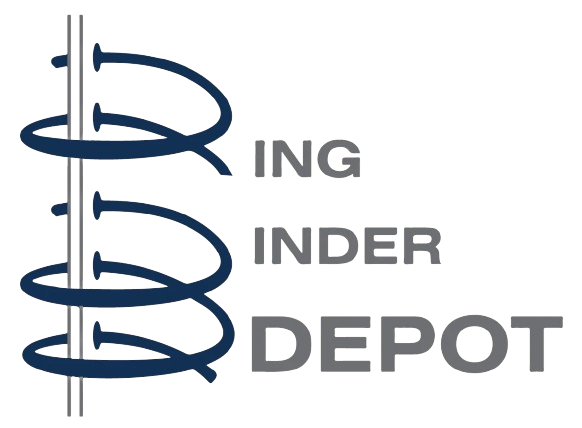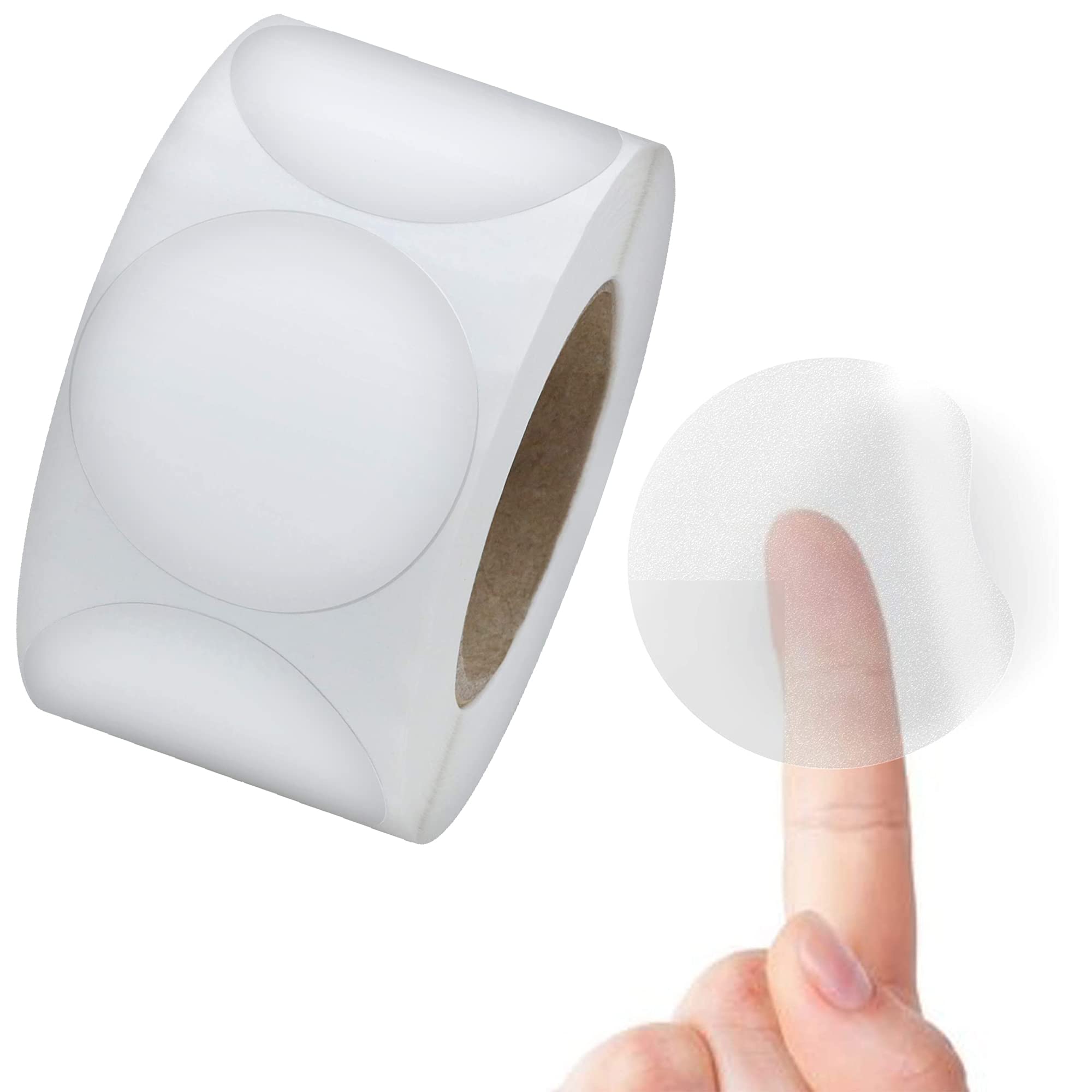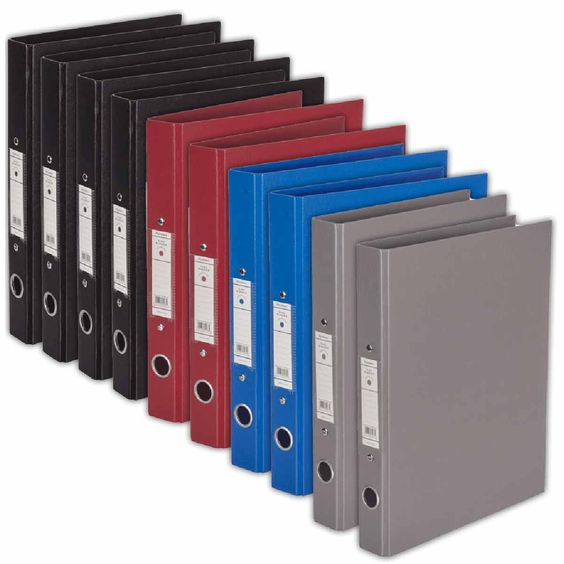
The Ultimate Guide to Choosing the Right Ring Binder for Your Needs
Are you overwhelmed by the wide variety of ring binders available in the market? Selecting the right one can make a significant difference in how effectively you organize your documents and materials. In this comprehensive guide, we'll walk you through the essential considerations for choosing the perfect ring binder to meet your specific needs.
Types of Ring Binders
Before diving into the selection process, it's crucial to understand the various types of ring binders available:
1. Round Ring Binders: These are the most common and budget-friendly binders. They feature circular rings that open and close easily.
2. D-Ring Binders: D-ring binders offer several advantages, including increased page capacity, smoother page turning, and reduced page curling.
3. Clear View Binders: These have transparent front, back, and spine covers, allowing you to customize and insert cover sheets for a professional look.
4. Mini Binders: Perfect for compact organization, mini binders are smaller in size and ideal for on-the-go use.
5. Heavy-Duty Binders: Designed for durability, heavy-duty binders are ideal for businesses and individuals who need to store a substantial number of documents.
Considerations for Choosing the Right Binder
-
Purpose: Define the primary purpose of your binder. Is it for school, work, personal projects, or something else? This will help you determine the size, type, and features you need.
-
Capacity: Estimate the number of pages you'll need to store. Round and D-ring binders come in various sizes, from 0.5-inch to 4-inch, accommodating different capacities.
-
Orientation: Decide between portrait (vertical) and landscape (horizontal) orientation based on the content you plan to store. Landscape binders are great for spreadsheets, artwork, and presentations.
-
Material: Consider the material of the binder cover. Options range from traditional vinyl to eco-friendly choices like recycled materials.
-
Ring Size: Determine the ring size that suits your needs. Smaller rings are suitable for fewer pages, while larger rings can accommodate bulkier documents.
-
Additional Features: Explore extra features such as interior pockets, dividers, and label holders. These can enhance organization and customization.
-
Appearance: Think about the visual aspect. Do you prefer a clear view for customization or a solid color? Clear view binders offer a professional touch.
-
Budget: Set a budget that aligns with your requirements. Keep in mind that investing in a high-quality binder can pay off in terms of durability and longevity.
Customization and Personalization
Once you've selected the right binder, consider how you can personalize it further:
- Custom Inserts: Create cover sheets and spine labels for a polished, professional appearance.
- Divider Tabs: Organize sections within your binder with labeled divider tabs.
- Interior Pockets: Utilize interior pockets for additional storage and easy access to important documents.
Remember that your ring binder is not just a tool for organization but also a reflection of your style and professionalism.
Conclusin
choosing the perfect ring binder doesn't have to be a daunting task. By considering your specific needs, capacity requirements, and personal preferences, you can confidently select the ideal binder to help you stay organized and present your documents with style. Explore our range of Ring Binder Depot to find the perfect fit for you.
For more read click>>>>> Unveiling Versatility of 5-Inch Clear View Binders with Slant D Rings
Frequently Asked Questions (FAQ) about Choosing the Right Ring Binder
Q1. What are the different types of ring binders available in the market?
There are several types of ring binders to choose from, including round ring binders, D-ring binders, clear view binders, mini binders, and heavy-duty binders. Each type offers unique features and benefits to suit different needs.Q2. How do I determine the right type of ring binder for my needs?
Consider factors such as your intended use (school, work, personal projects), the capacity required, desired orientation (portrait or landscape), preferred material, ring size, additional features needed, appearance preferences, and budget constraints.Q3. What is the difference between round ring binders and D-ring binders?
Round ring binders feature circular rings that open and close easily, while D-ring binders have rings shaped like the letter "D," offering increased page capacity, smoother page turning, and reduced page curling.Q4. Are clear view binders only for professional use?
While clear view binders do offer a professional appearance, they can also be used for personal projects or presentations where customization of cover sheets is desired.Q5. Can mini binders accommodate standard-sized documents?
Mini binders are smaller in size and are ideal for on-the-go use or organizing smaller documents. While they may not accommodate standard-sized documents, they are perfect for compact organization.

